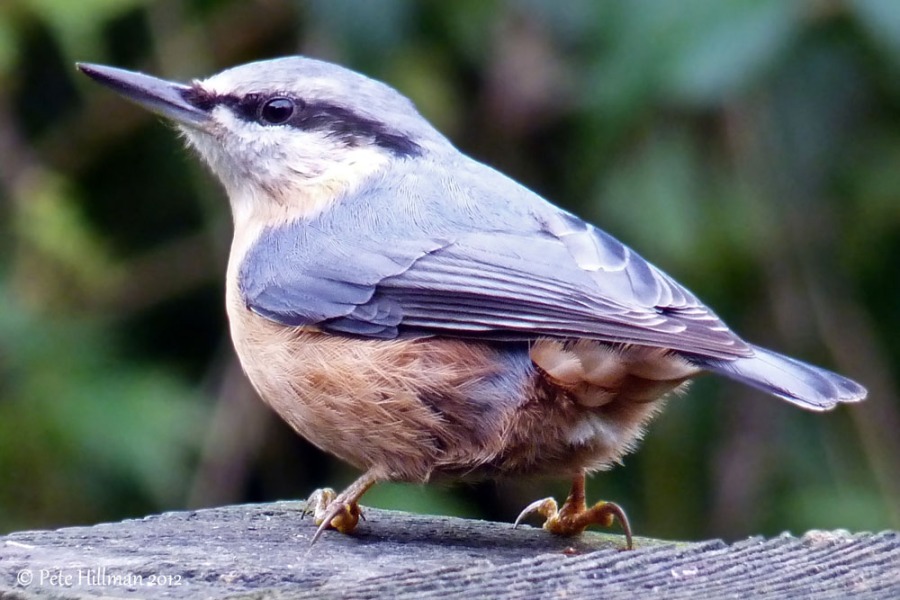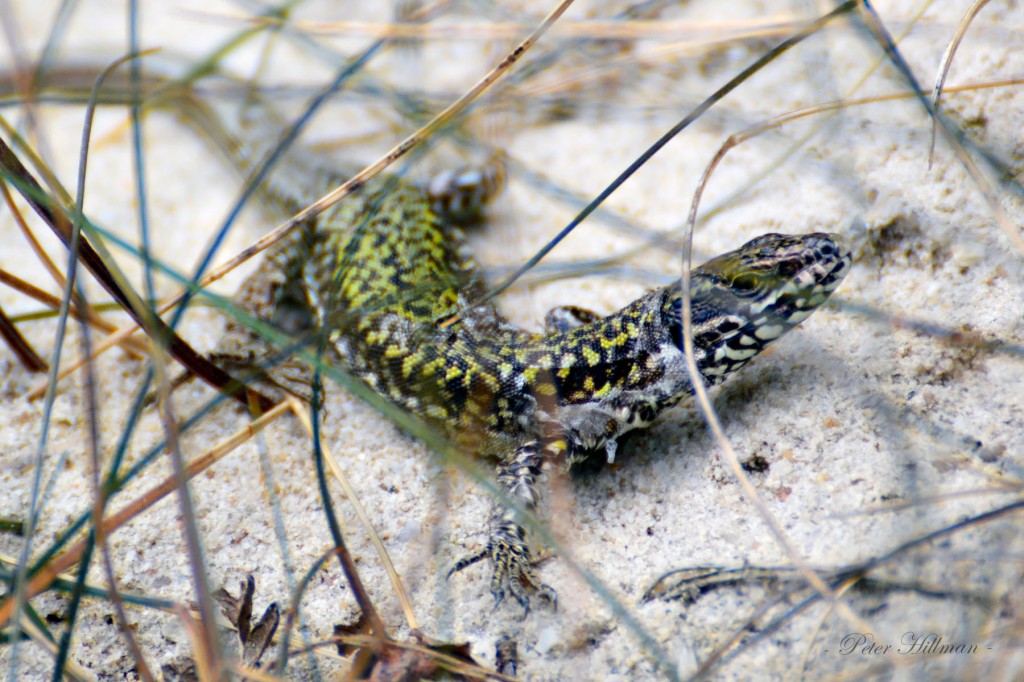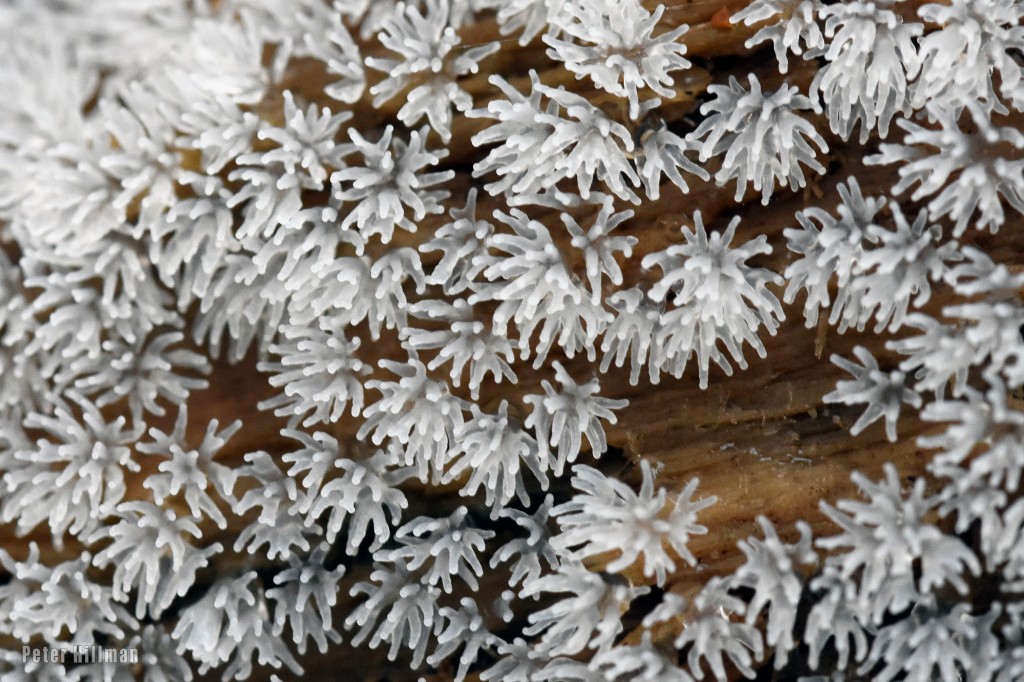
Page of Life
“Every aspect of Nature reveals a deep mystery and touches our sense of wonder and awe.”
Carl Sagan, Cosmos, 1980.
Welcome to Peter Hillman’s Nature Journeys. A photographic journey through South Staffordshire and elsewhere. This is a pictorial journal of my personal encounters with the wonders of the natural world. As an amateur photographer and wildlife enthusiast living in South Staffordshire, England, I have taken thousands of photographs over the years, recording over 1,200 species of flora, fauna and fungi which are featured here on this site. I have also been fortunate enough to have had a select number of photographs published in books and magazines such as Britain’s Insects A Field Guide by Paul D. Brock, Britain’s Spiders A Field Guide by Bee, Oxford & Smith, and the British Wildlife magazine.
This “Page of Life” serves as a kind of portal or gateway to a nature journey in its own right. With brief introductions to the main classes and forms of life, clicking on the thumbnails below will open up new pathways to amble down and discover more about the various groups of fascinating species with accompanying photographs. Journeying along more branching pathways will eventually open up the way to the individual species themselves. Work is underway to provide a full site species listing. A search option is provided via the main menu.
For more information regarding this site, the author and the use of images, please visit the ‘about‘ page.
New Species Added
I discovered this species whilst sifting through soil near a rotten tree stump on a local woodland margin. It is a barkfly belonging to the insect order Psocodea, and it is around 2 mm long. It is rarely found outdoors in Britain, but usually where food produce is stored indoors.
Latest Photos
Subphylum Vertebrata: the Vertebrates
Vertebrata is a subphylum of the phylum Chordata in the classification of species, and covers five main vertebrate groups of animals: mammals, birds, fish, reptiles and amphibians. All these groups of animals have a vertebral column, also called the backbone or spine, encasing a spinal chord. Vertebrates come in all shapes and sizes, from the smallest of amphibians like newts and frogs, to the largest of mammals like elephants and whales. There are around 70,000 species of vertebrates globally. On the British listings there are around 1,130 vertebrate species, most of these are birds.
The Invertebrates
It is estimated that more than 90 per cent of all animal species alive on Earth are invertebrates, and that there may be as many as 1.3 million species. As well as being numerous, they are a very diverse group which includes insects, spiders, snails, worms, crabs, sponges, jellyfish, squid and octopus, just to name a few. Invertebrates lack an internal rigid skeleton, so basically they have no vertebral column or backbone, and are generally soft-bodied animals. The term invertebrate has no taxonomical signifcance, and is used in a general way to describe similar types of animal.
Subphylum Hexapoda: the Hexapods
Worldwide ther are over 1 million species of hexapod. The subphylum Hexapoda include the insects, springtails, proturans and the diplurans (two-tailed bristletails). The term “Hexapoda” is derived from the Greek words “hexa,” meaning “six,” and “podos,” meaning “feet” or “legs”, which are typically segmented and jointed.
Class Arachnida: the Arachnids
Worldwide ther are around 90,000 species of Arachhnida in 13 orders. The class Arachnida includes the spiders, harvestmen, mites and ticks, scorpions and the pseudoscorpions (false scorpions). Globally there are other groups such a sunpsiders, wind scorpions or schizomids where the species are mainly found in tropical climes. The term “Arachnida” is derived from the Greek word “arachne,” meaning “spider.” This name reflects the prominent presence of spiders within this group, which are among the most well-known of this class. Members of this class are characterized by their eight legs, two body regions (cephalothorax and abdomen), and absence of antennae and wings.
Other Invertebrates
Plantae: the Plants
There are around 382,000 species of plant worldwide, and they range from microscopic single-celled organisms to the tallest of trees, such is their diversity. The Kingdom Plantae includes all land plants such as mosses, ferns, conifers, flowering plants and grasses. Plants contain chlorophyll which give them their green colour, and allows them to absorb energy from the sun to create food, a process called photosynthesis. Oxygen is produced as a byproduct of photosynthesis which plays a vitally important role in producing and maintaining the oxygen content of the Earth’s atmosphere. Plants essentially supply most of the biological energy necessary for complex life to sustain itself and exist on the planet.
Fungi
There are around 150,000 species of fungi globally, and it is thought there may be millions more yet to be discovered. Fungi are recognised as completely different to animals and plants, and are scientifically classified within their own separate kingdom simply named ‘Fungi’. Many fungi are free-living in soil or water, where others form parasitic or symbiotic relationships with plants or animals. Lichens are an example of this as the fungus is the dominant partner in a complex symbiotic relationship with an alga. Examples of fungi are mushrooms and toadstools, yeasts, rusts, mildews and moulds. There are also many fungi-like organisms which include slime molds and oomycetes (water moulds), which do not belong to the kingdom Fungi, but are often grouped collectively as fungi.
Other Groups
These are mainly groups of convenience, as they either do not fit into the above groups of life forms, or they straddle them in some ways, containing a mixture of different species relating to form or habitat. This may well be expanded on at some future time.
All photographs copyright © Peter Hillman
Please see the ‘about‘ page for details on use of images

































